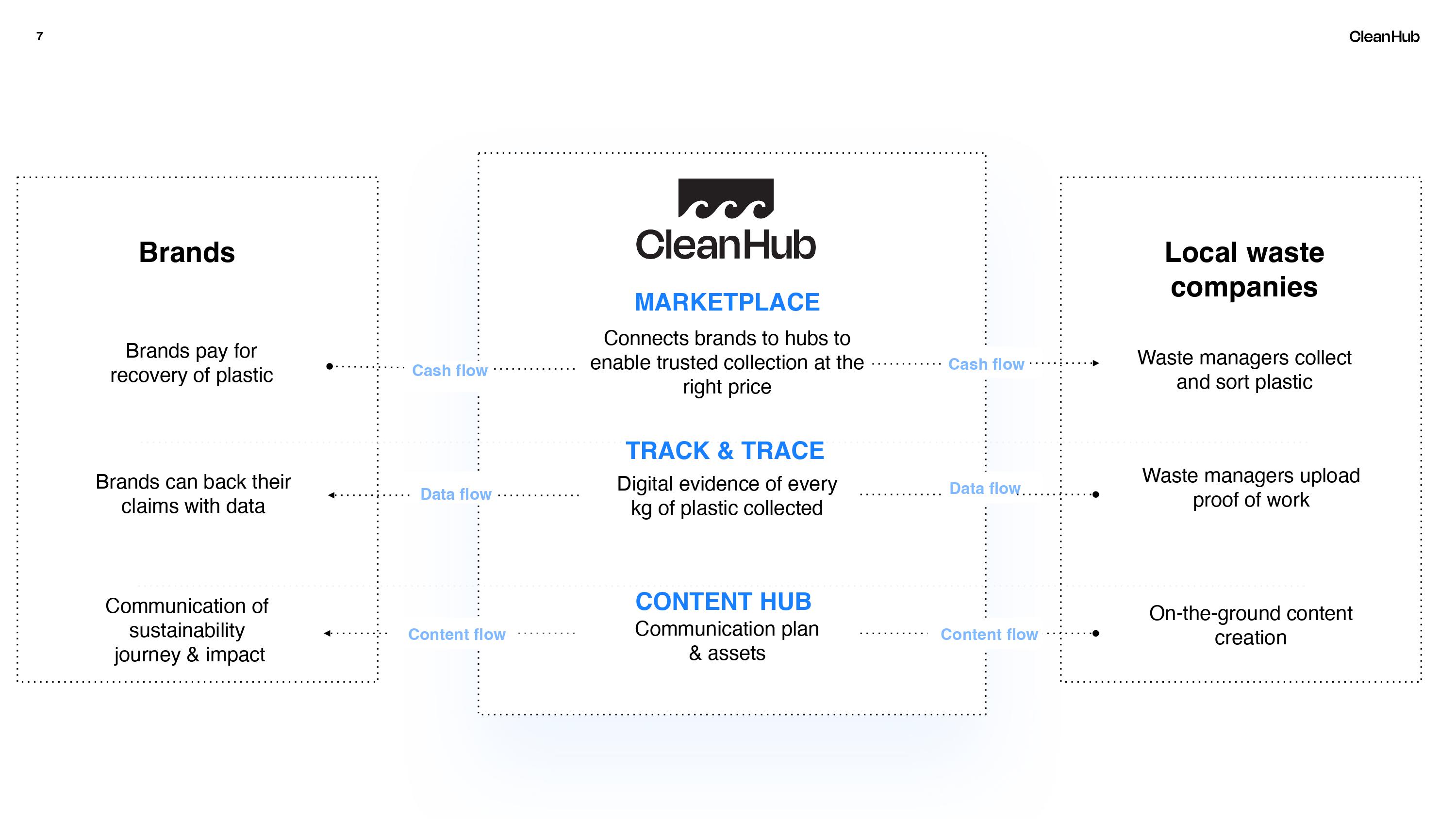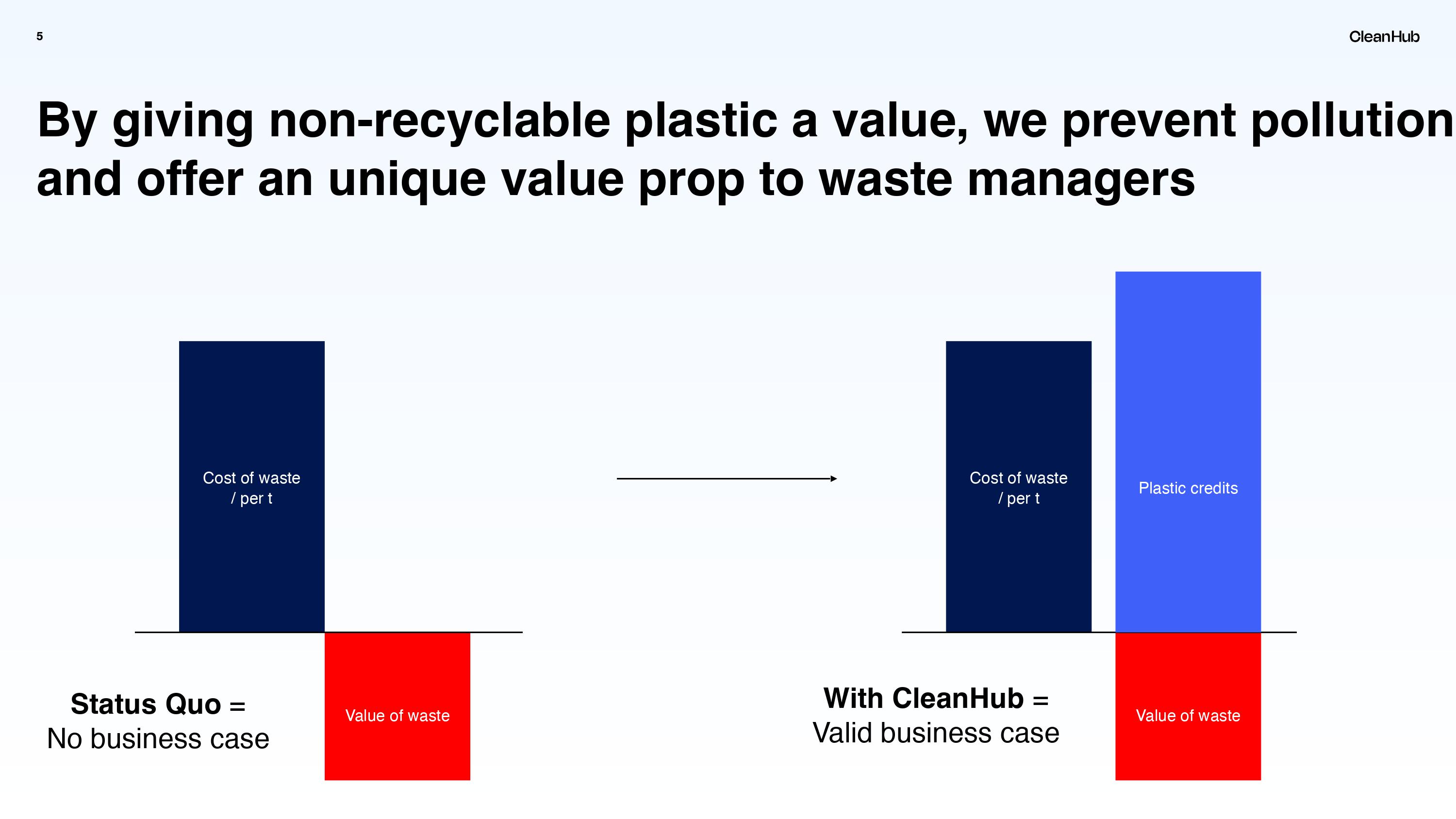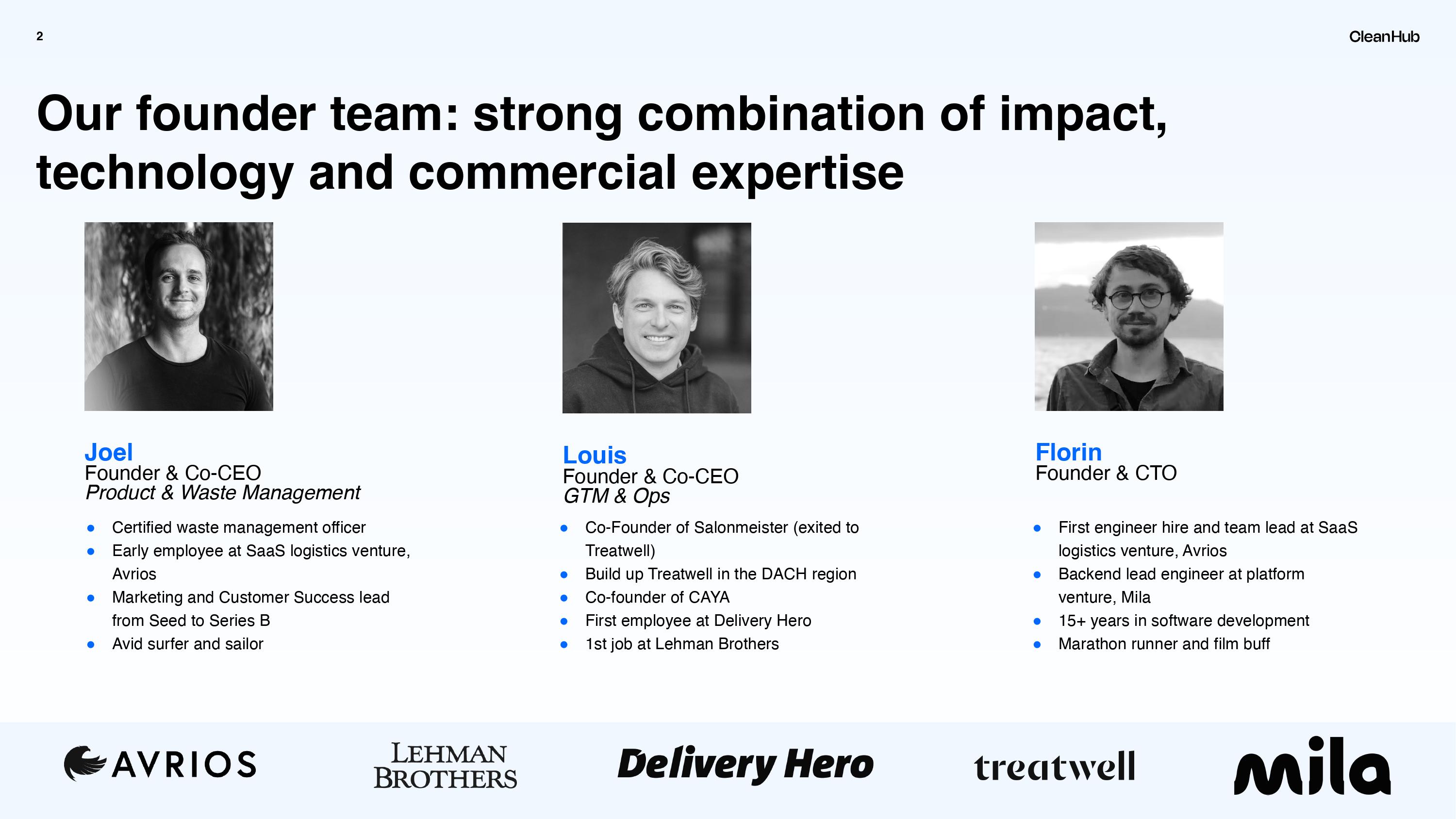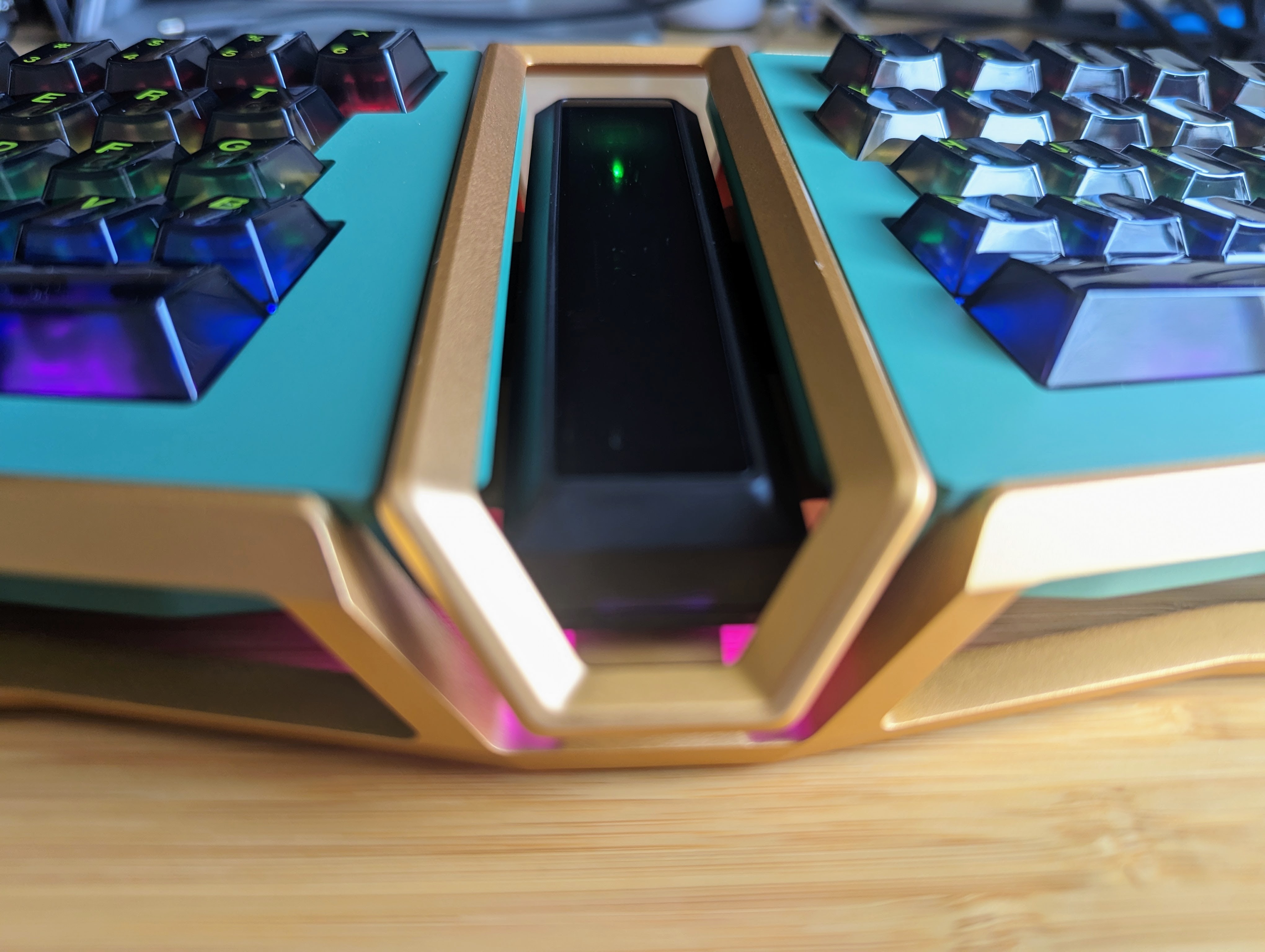Plastic in ocean bad. Plastic not in ocean good. That’s, in a nutshell, the pitch for CleanHub. The company has designed a whole business model and a track-and-trace model around that, so brands can rest assured that their plastics don’t end up in the oceans. Who these brands are, and what happens to the plastic instead, is, unfortunately, a little bit of a mystery.
We’re looking for more unique pitch decks to tear down, so if you want to submit your own, here’s how you can do that.
Slides in this deck
CleanHub used a tight, 12-slide deck to get its point across. The only redaction in the deck is details about Louis’s previous exit. The deck does miss a couple of pieces of information that I’d typically want to see, but before we get to that, let’s take a look at what’s in there.
- Cover slide
- Team slide
- Vision slide
- Problem slide
- Value proposition slide 1
- Solution slide
- Marketplace vision slide
- Product slide
- Technology overview 1
- Technology overview 2
- Value proposition slide 2
- Market size slide
Three things to love
CleanHub is building a marketplace for the circular economy of plastic. That’s a bold and challenging space to be in: Marketplaces are notoriously hard to build, and plastic garbage is a tough sell. Still, there are some cracking slides to convince us otherwise.
A great overview

[Slide 7] Gotta love a good overview slide. Image Credits: CleanHub
Giving waste value

[Slide 5] Like carbon credits, but for plastic. Image Credits: CleanHub
I don’t fully understand how this would work (more on this below), but prima facie, this is a story I haven’t heard before, and it arouses my curiosity.
Team team team!

[Slide 2] If you’ve got a great team, brag about it as hard as you can. Image Credits: CleanHub
CleanHub has two co-CEOs, which gives me pause. The CEO’s role is typically well-defined, and two in this case isn’t always better than one. I would push the team here, focusing on conflict resolution skills. The answer to why there are two CEOs could trigger a number of red flags about team cohesion and staying power.
In the rest of this teardown, we’ll take a look at three things CleanHub could have improved or done differently, along with its full pitch deck!















 English (US) ·
English (US) ·